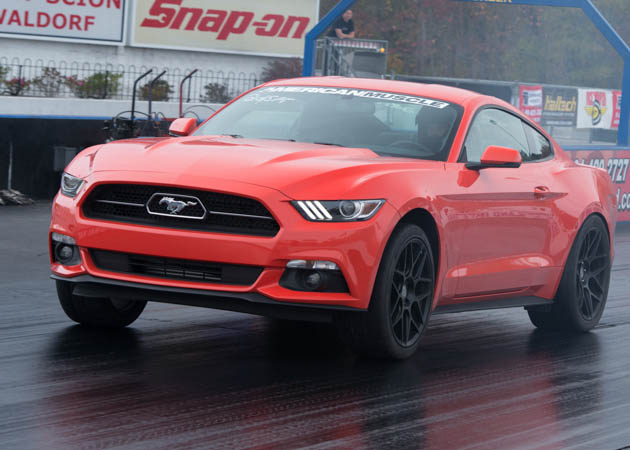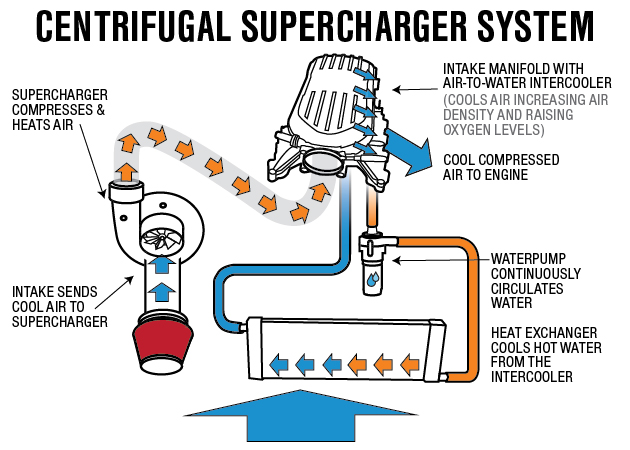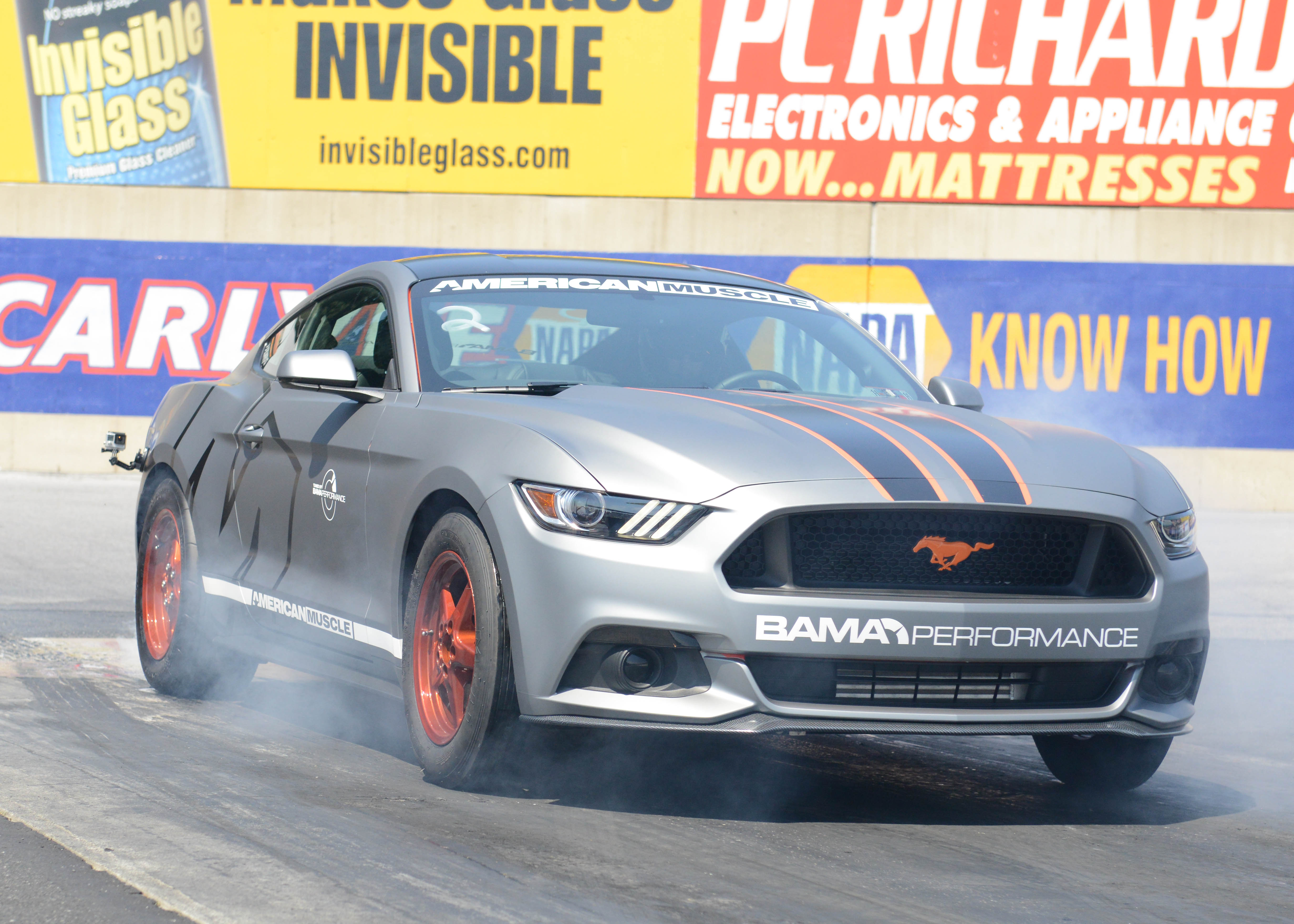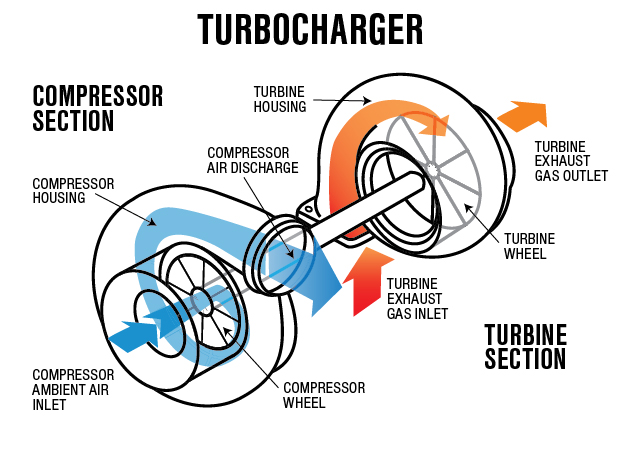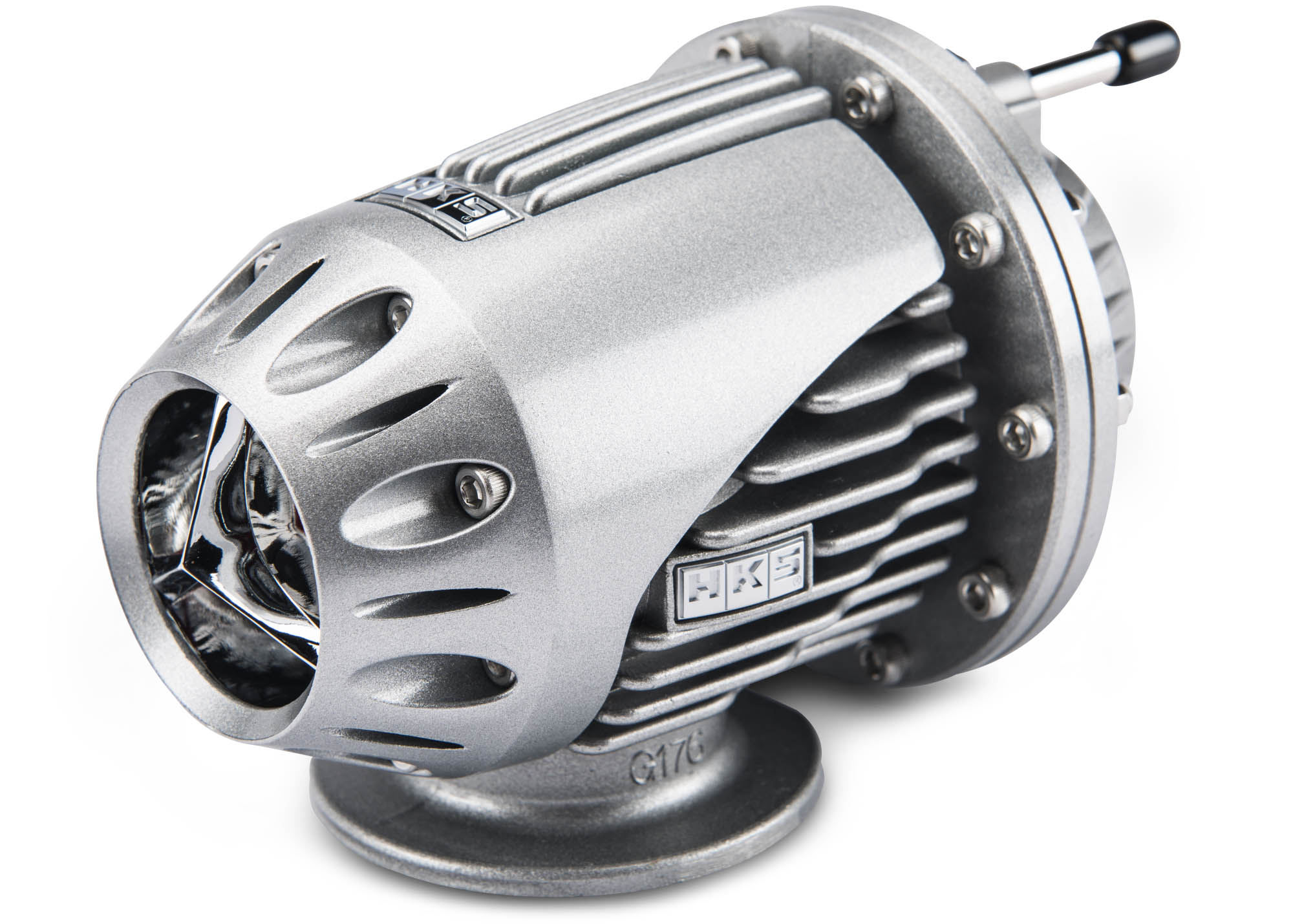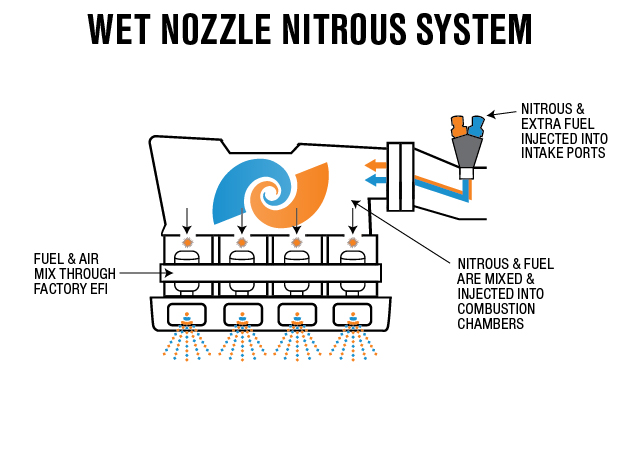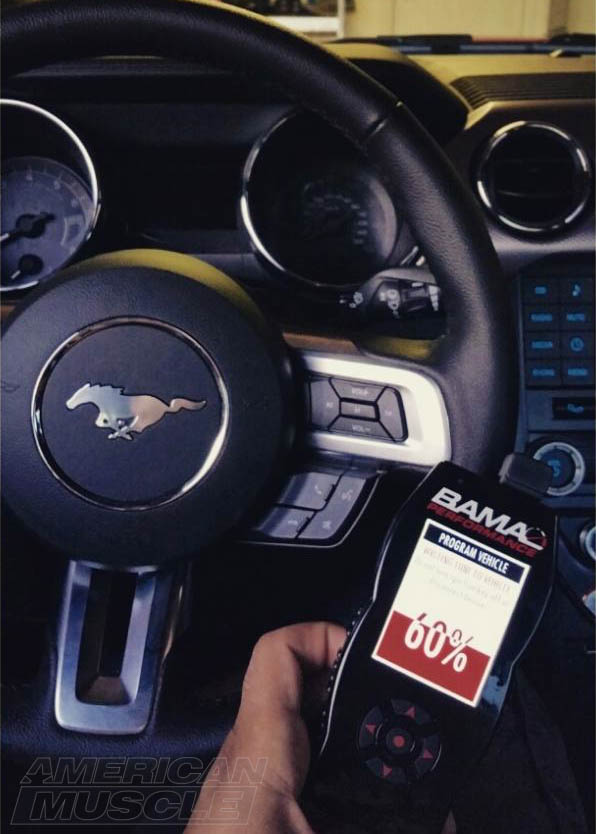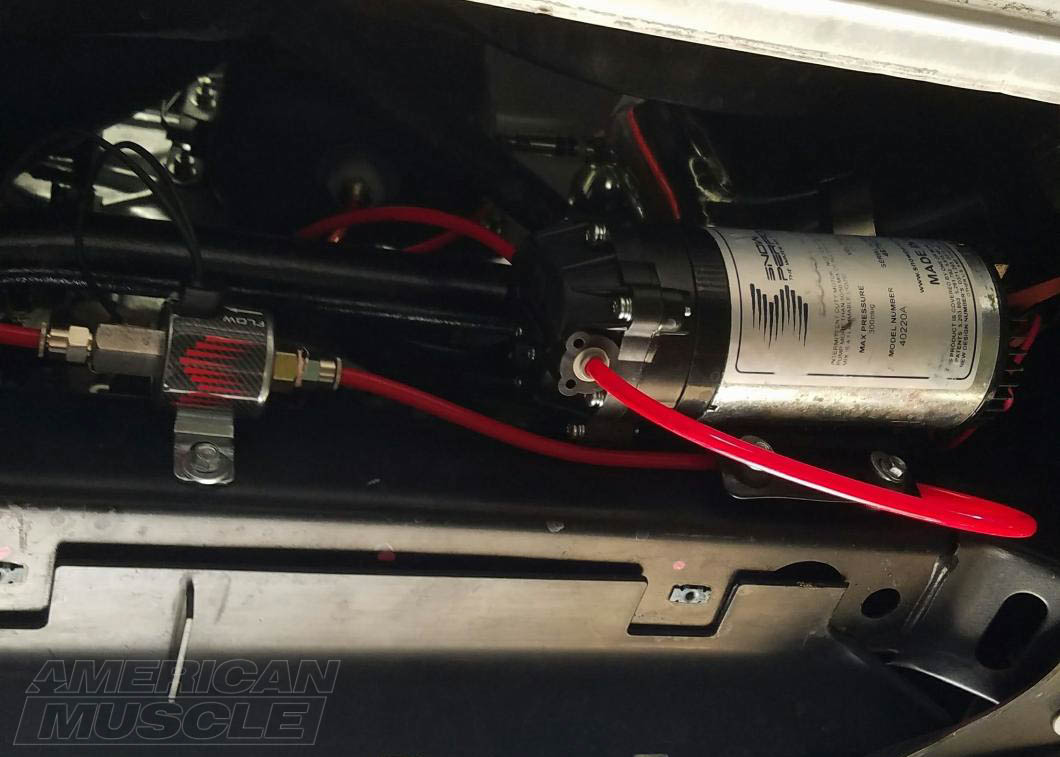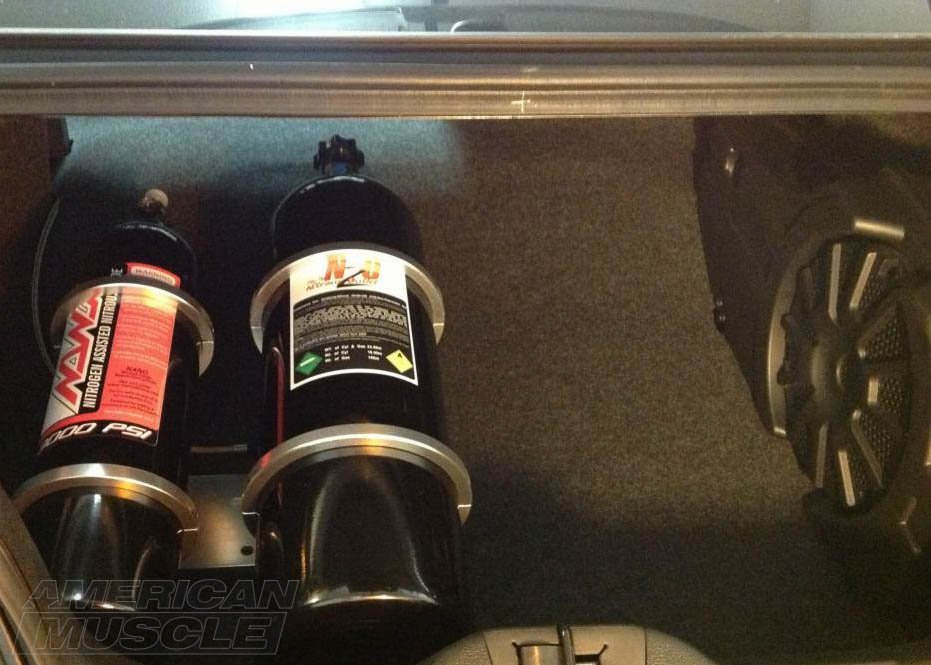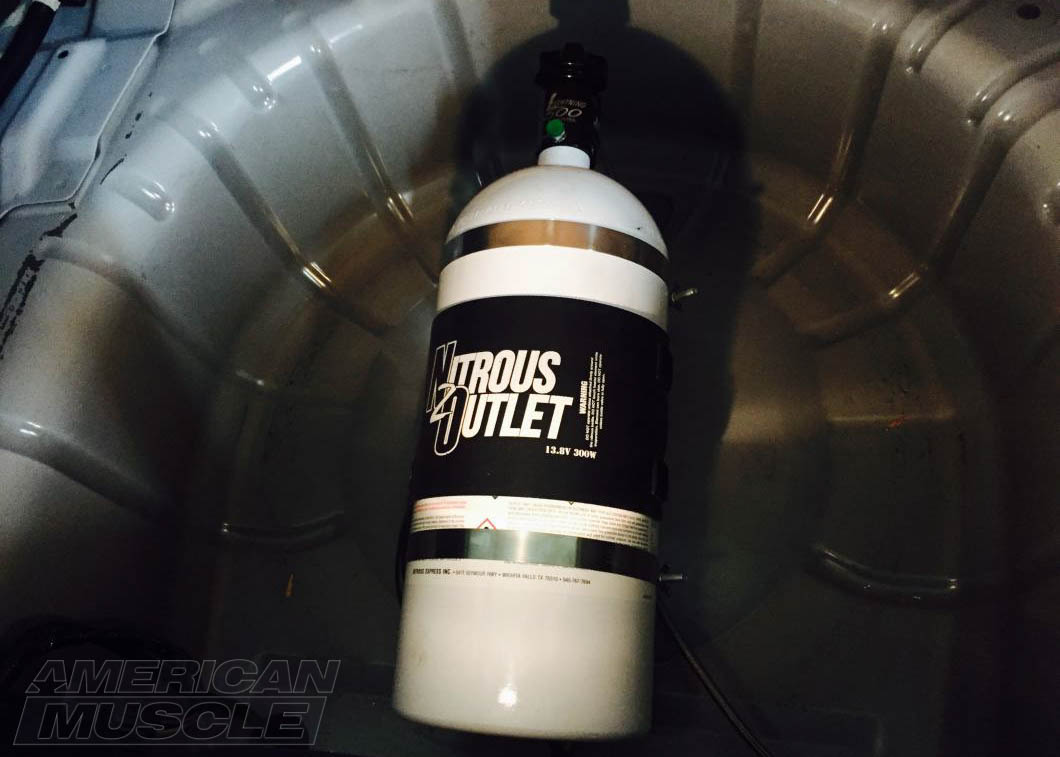Big power means big mods, and some of the biggest power adders are forced induction and nitrous. The question then becomes which one is right for your build?
Contents
- Types of 2015+ Mustang Power Adders
- Superchargers
- Roots and Twin-Screw Mustang Superchargers
- Pros and Cons to Mustang Superchargers
- Mustang Centrifugal Superchargers
- Pros and Cons to Mustang Centrifugal Superchargers
- Turbochargers
- Managing Boost with a Turbo
- Pros and Cons to Mustang Turbochargers
- Mustang Nitrous Oxide System
- Nitrous Nozzles Vs. Plates
- Dry Vs. Wet Mustang Nitrous Kits
- Pros and Cons of Nitrous
- The Best Power Adder?
Shop 2015 Engine Parts
New doesn't necessarily mean built. Boosting your Mustang leads to serious power gains, appropriate for a new beast.
